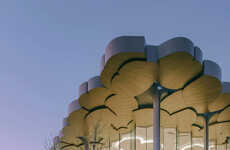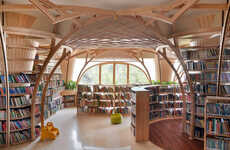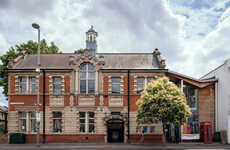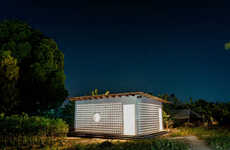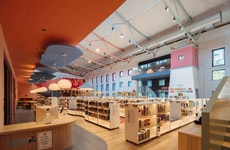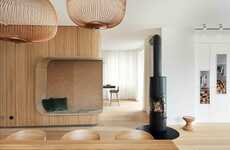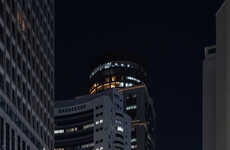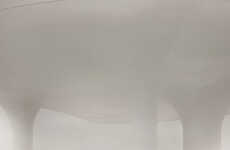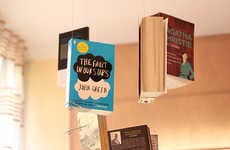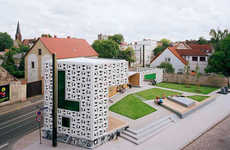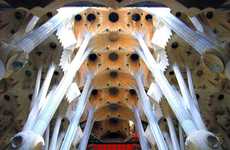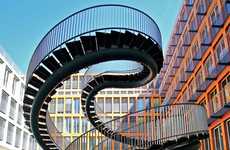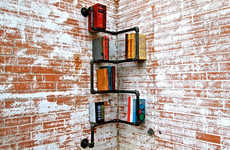
Germany's Stuttgart City Library Features an Open-Concept Style
Leslie Chen — November 15, 2011 — Art & Design
References: google & thecoolhunter
Located in the city of Stuttgart in Germany, the Stuttgart City Library features a cubic structure that competes with some of the most contemporary designs in the world today.
The Stuttgart City Library is designed by Korean architect Eun Young Yi and took a total of three years to complete. According to the Cool Hunter, the library features two underground floors and nine above ground. Furthermore, the creation has an open-concept design connected by staircases that are all visible by looking right down the centre of the building.
Even if you don't enjoy the act of borrowing books, the Stuttgart City Library will make the experience a seriously stunning one.
Implications - Modern-day shoppers are attracted to designs that feature an ultra contemporary style. Companies trying to increase their profit levels could focus on developing more items with a clean-cut aesthetic.
The Stuttgart City Library is designed by Korean architect Eun Young Yi and took a total of three years to complete. According to the Cool Hunter, the library features two underground floors and nine above ground. Furthermore, the creation has an open-concept design connected by staircases that are all visible by looking right down the centre of the building.
Even if you don't enjoy the act of borrowing books, the Stuttgart City Library will make the experience a seriously stunning one.
Implications - Modern-day shoppers are attracted to designs that feature an ultra contemporary style. Companies trying to increase their profit levels could focus on developing more items with a clean-cut aesthetic.
Trend Themes
1. Ultra Contemporary Design - Companies could focus on developing more items with a clean-cut aesthetic.
2. Open-concept Architecture - Designers could explore new structures that embrace open-concept designs.
3. Visible Staircase Design - Architects could create buildings with visible staircases as a central design feature.
Industry Implications
1. Architecture - Architects could explore new structures that embrace open-concept designs.
2. Interior Design - Designers could create items with a clean-cut aesthetic to attract modern-day shoppers.
3. Tourism and Hospitality - Hotels and tourist attractions could incorporate visible staircases as a central design feature to enhance the guest experience.
2.2
Score
Popularity
Activity
Freshness

